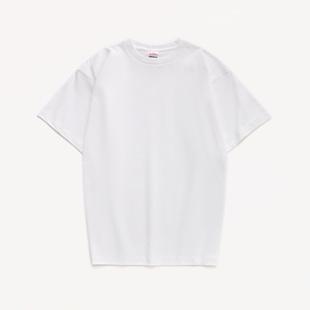Important elements for understanding clothing knowledge include color, style, fabric, etc. Here is a detailed explanation of these elements:
1. Color: Clothing color plays a vital role in fashion design. Color choice directly affects the overall atmosphere and image of the clothing. There are hot color trends every season, but different people have different preferences for colors. Understanding the principles and application techniques of color matching can help you become more comfortable in dressing and matching.
2. Style: Style refers to the shape, cut and design of clothing. Style involves the length, width, waistline, neckline, sleeve type and other aspects of clothing. Different styles suit different occasions and body types, and often change as fashion trends change. By understanding the characteristics and applicable occasions of different styles, you can make better choices based on your body shape and style.
3. Fabric: Fabric is the basic material of clothing, which directly affects comfort, texture and overall effect. Fabrics are divided into two categories: natural fibers and man-made fibers. Natural fibers, such as cotton, wool, silk, etc., are soft, breathable, and highly comfortable; man-made fibers, such as polyester, nylon, acrylic, etc., have more diverse properties, such as elasticity, anti-wrinkle, and easy care. Choosing the right fabric takes into account the season, occasion, and personal comfort and style preferences.
4. Patterns and details: Patterns and details of clothing are important elements that reflect creativity and personality. They can be printing, embroidery, pattern design, etc., or they can be decoration on collars, cuffs, buttons, etc. The choice of patterns and details will directly affect the overall effect and style of the clothing.
5. Quality and workmanship: Quality refers to the quality and durability of clothing. Choosing high-quality clothing can provide a better feel, comfort and wearing experience. Craftsmanship involves the craftsmanship and detail processing of clothing production, such as sewing technology, button firmness, stitching, etc. Understanding quality and craftsmanship can help you pick out clothing that will last longer and look better.
6. Fashion Trends and Style: Fashion trends and personal style are key factors in clothing selection. Fashion trends represent contemporary fashions and trends, while personal style reflects personal tastes and preferences. Understanding fashion trends and different style positions can help you make more confident and fashionable outfit choices.
The above elements are important aspects that need to be paid attention to when understanding clothing knowledge. By understanding their characteristics and interrelationships, you can fashion more intelligently and show off your personality and style.





